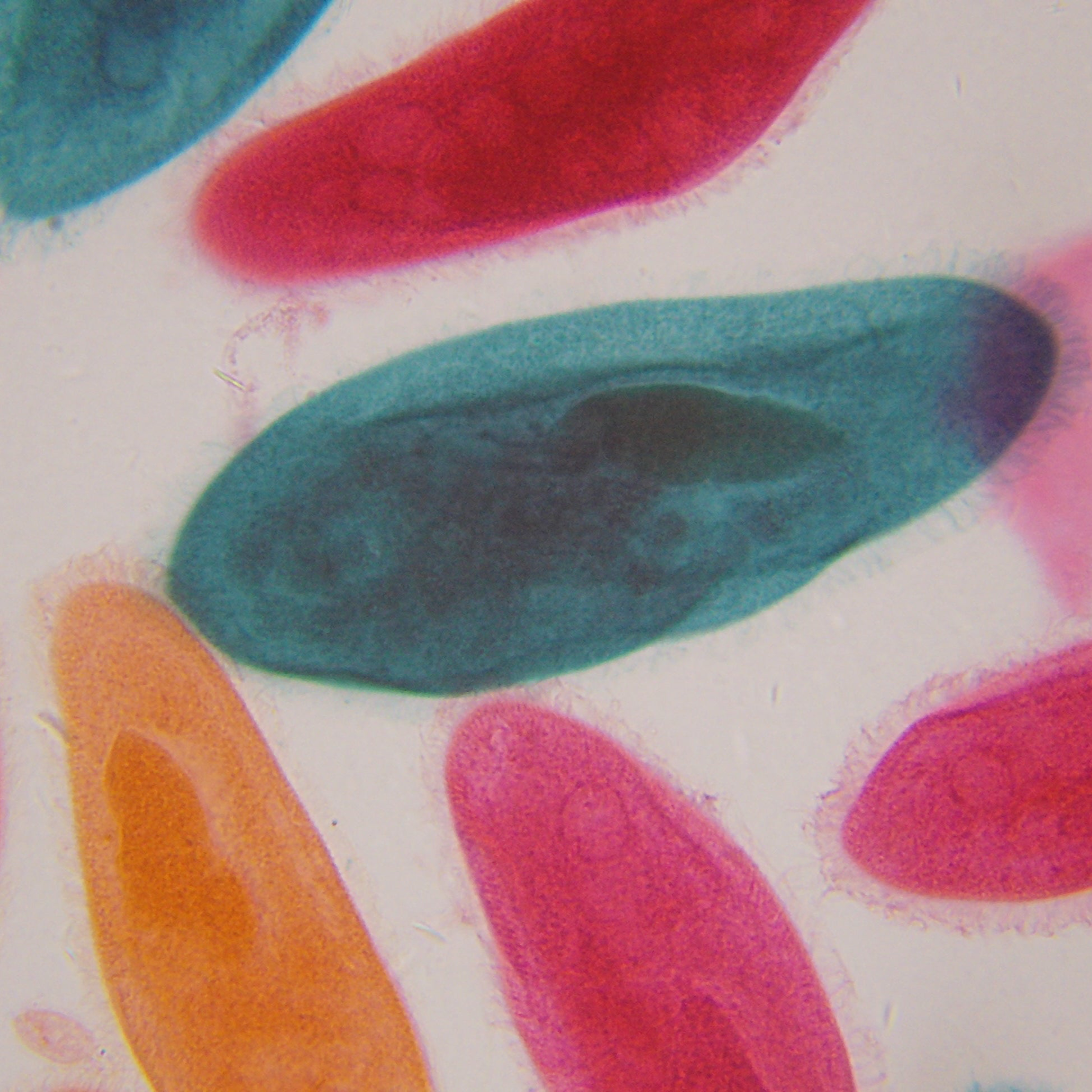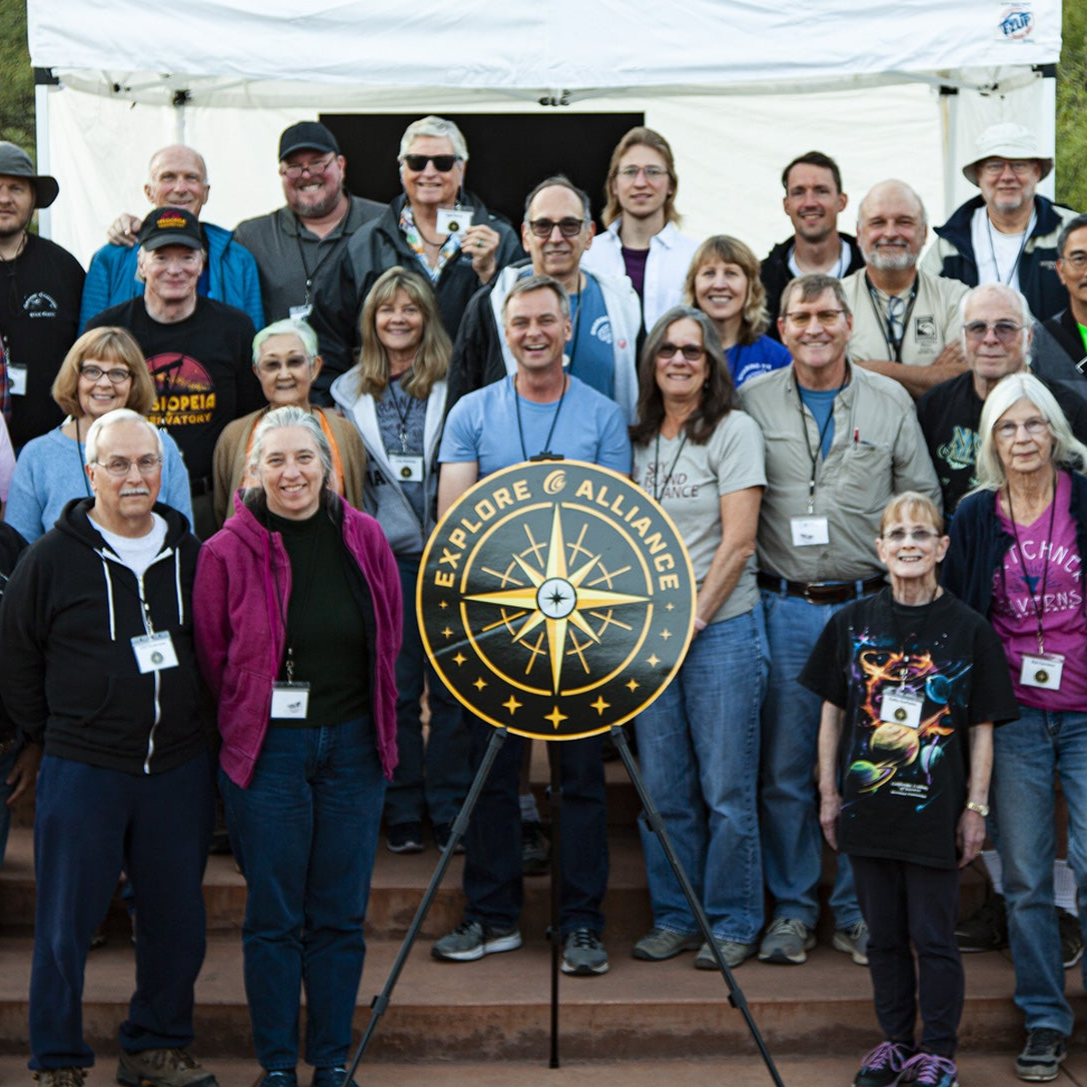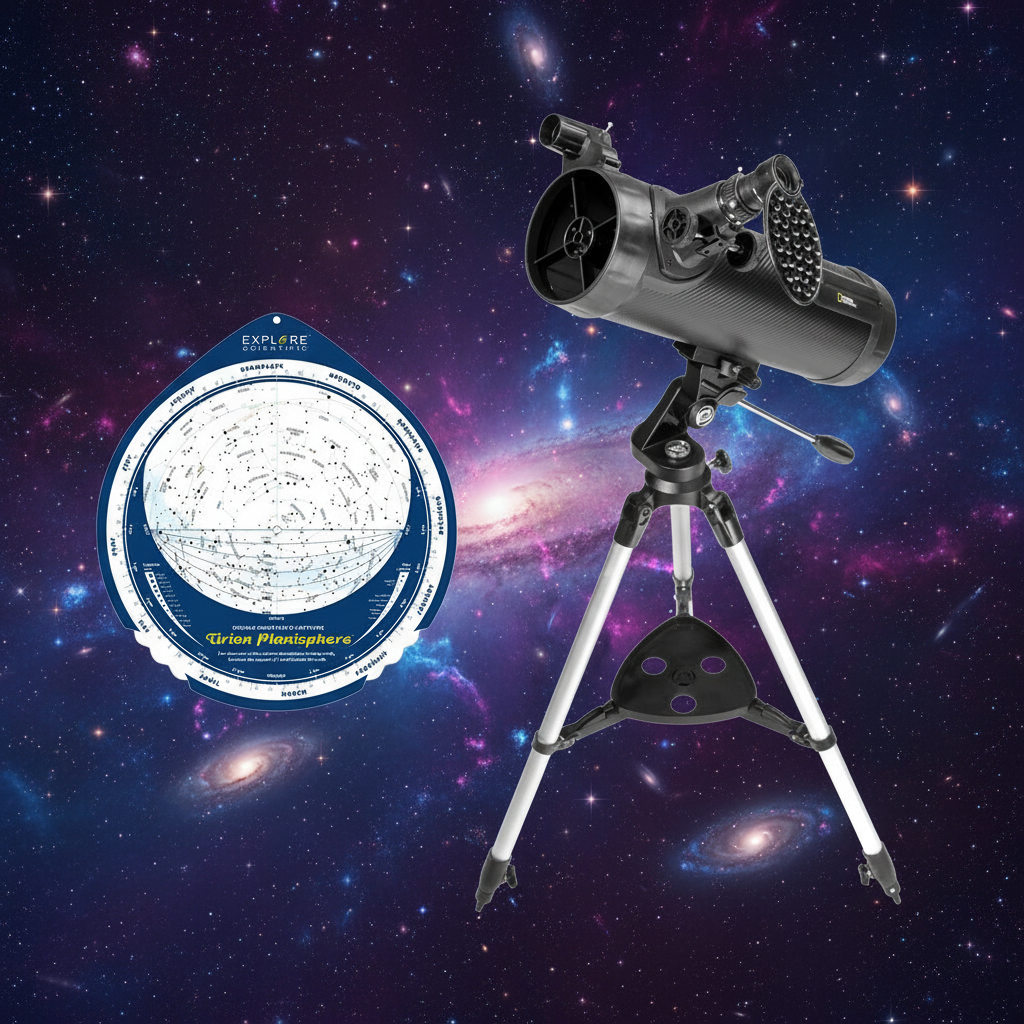Explore Scientific Smart Microscope Slide: Locust Wing (English)
| English | Français | Deutsche | Nederlandse | Italiano | Polskimi | Portuguesas | Español | 中国 | 日本人 | 한국어 |

This specimen is a piece of a locust wing. And it is the amazing wings of these large insects that allow them to find food and to find their mates to reproduce.
Locusts are grasshoppers, and throughout recorded history there have been many stories of how locusts have destroyed food crops, which is something they can do very well. During conditions of drought followed by rapid vegetation growth, the brain of the locusts releases serotonin, the same chemical that humans have that contributes to our feelings of wellbeing and happiness. When serotonin is released in locusts it causes mutual attraction. And with mutual attraction, a chain of events unfold.

Locusts swarming in a grassland in Eswatini. Image from Encyclopedia Brittanica
As they search each other out they start to breed and they start to overcrowd. Their overcrowding cause their hind legs touch each other and this releases even more serotonin. And then they become even more mutually attracted, and extra-hungry. During this time, the locusts spend much time on the ground feeding and resting, eventually eating all the vegetation. They then fly to find more food. Sometimes they fly a long distance before settling in another location to eat and breed where rainfall has caused vegetation to turn green from new growth.

A huge flying swarm of locusts on the move. Image by CSIRO, CC BY 3.0 on Wikipedia
This chain of events can cause huge groups of locusts to form creating swarms that number sometimes in the billions. And they are very powerful fliers due to the structure of their wings and can travel great distances. People call these large outbreaks of these locusts "plagues". One such documented plague lasted 3 years (1966-1969) with up to 30 billion locusts covering an area of 100,000 square kilometers (over 38,000 square miles) over parts of Africa, the Middle East, and Asia.

The powerful wings of locusts contain no muscles. When they fly, their wings cycle through a changing movement by controlling muscles and skeletal components of their bodies where they attach to the base of the wings. The mechanics of the wings of locusts are truly amazing, they have energy-storing springs, compliant connective tissue, stiff tensile tendons, hard, abrasive and abrasion-resistant surfaces and many tools and other specialized structures that allow them to fly.

See all Microscopes from Explore Scientific











